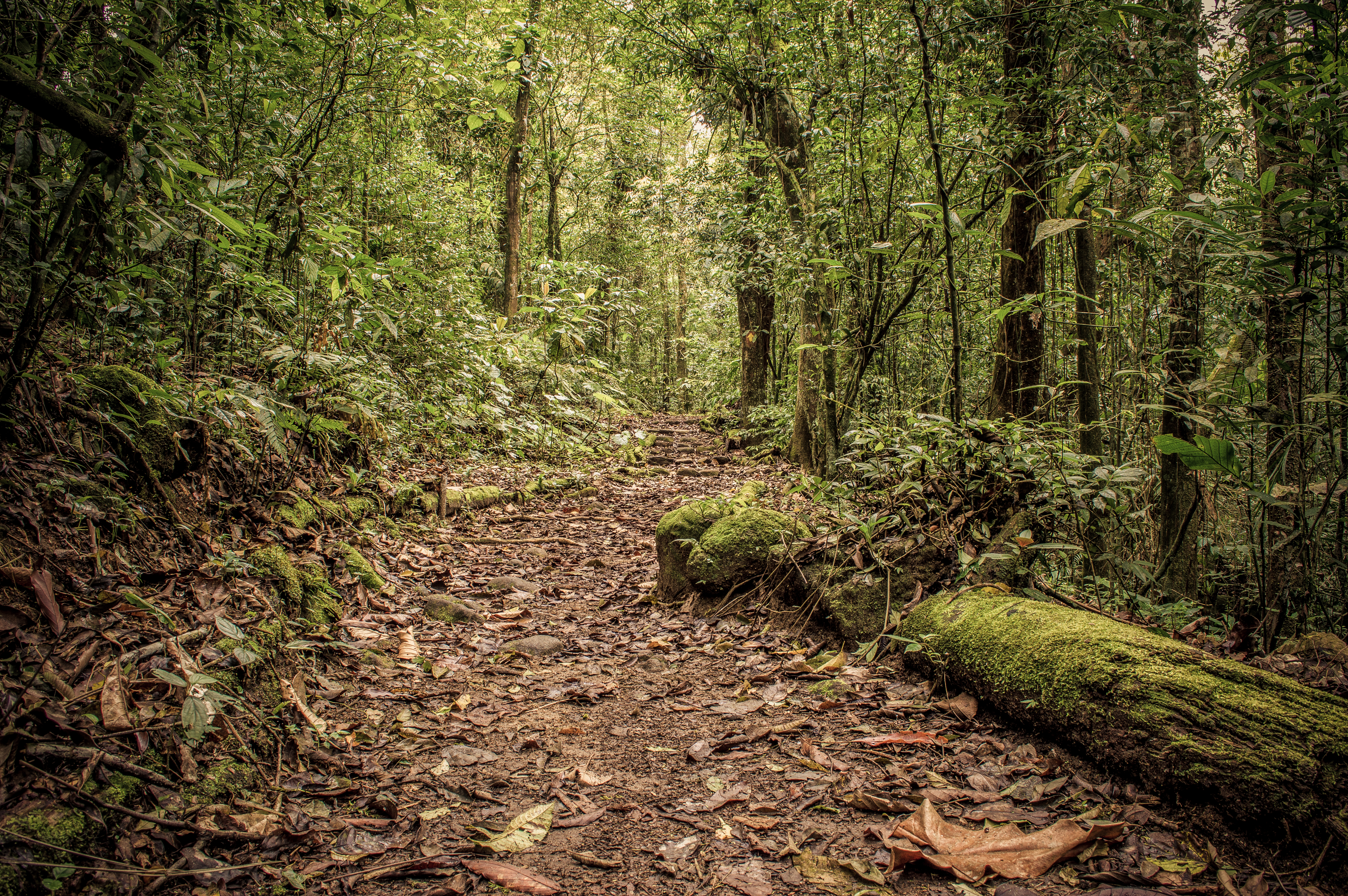Hippeastrum Calyptratum on:
[Wikipedia]
[Google]
[Amazon]
''Hippeastrum calyptratum'' is a
"Handbook of the Amaryllideae, including the Alstroemerieae and Agaveae."
p. 47. G. Bell. Semi-discoid, flattened seeds are produced in globose-compressed capsule fruits.Hippeastrum calyptratum (Ker Gawl.) Herb. (n.d.). Reflora - Flora E Funga Do Brasil. Retrieved November 15, 2022, from https://floradobrasil.jbrj.gov.br/FB4359
"Fragrance analysis of two scented Hippeastrum species."
HortScience, 52(12), 1853-1860. It occurs in humid Atlantic Rainforest at elevations of 1200 m above sea level growing epiphytically on mossy trees or as a lithophyte on rocks.
"CRC World Dictionary of Plant Nmaes: Common Names, Scientific Names, Eponyms, Synonyms, and Etymology."
p. 2121. Taylor & Francis.
GBIF:Hippeastrum calyptratum
calyptratum Endemic flora of Brazil Flora of Brazil Flora of the Atlantic Forest Garden plants of South America Plants described in 1821 {{Amaryllidaceae-stub
flowering
A flower, sometimes known as a bloom or blossom, is the reproductive structure found in flowering plants (plants of the division Angiospermae). The biological function of a flower is to facilitate reproduction, usually by providing a mechanism ...
perennial
A perennial plant or simply perennial is a plant that lives more than two years. The term ('' per-'' + '' -ennial'', "through the years") is often used to differentiate a plant from shorter-lived annuals and biennials. The term is also wide ...
herbaceous
Herbaceous plants are vascular plants that have no persistent woody stems above ground. This broad category of plants includes many perennials, and nearly all annuals and biennials.
Definitions of "herb" and "herbaceous"
The fourth edition of t ...
bulb
In botany, a bulb is structurally a short stem with fleshy leaves or leaf basesBell, A.D. 1997. ''Plant form: an illustrated guide to flowering plant morphology''. Oxford University Press, Oxford, U.K. that function as food storage organs duri ...
ous plant, in the family Amaryllidaceae
The Amaryllidaceae are a family of herbaceous, mainly perennial and bulbous (rarely rhizomatous) flowering plants in the monocot order Asparagales. The family takes its name from the genus ''Amaryllis'' and is commonly known as the amaryllis fa ...
, native to Brazil.
Description
This species has an approximately 7.5 cm wide, globose bulb, which is enclosed in persistent, brown leaf bases. The bulbs bear 5-6, approximately 45 - 60 cm long, 5 cm wide, light green leaves. The green flowers are produced in Autumn on 2-3 flowered umbels, which are supported by terete, green, about 60 cm long, and about 1.3 - 1.9 cm wide peduncles.Baker, J. G. (1888)"Handbook of the Amaryllideae, including the Alstroemerieae and Agaveae."
p. 47. G. Bell. Semi-discoid, flattened seeds are produced in globose-compressed capsule fruits.Hippeastrum calyptratum (Ker Gawl.) Herb. (n.d.). Reflora - Flora E Funga Do Brasil. Retrieved November 15, 2022, from https://floradobrasil.jbrj.gov.br/FB4359
Conservation
This species is probably threatened by extinction, however not enough data is currently available on its distribution, and thus the proposed IUCN conservation Status is Data Deficient (DD).Ecology
The flowers are pollinated by bat species.Meerow, A. W., Reed, S. T., Dunn, C., & Schnell, E. (2017)"Fragrance analysis of two scented Hippeastrum species."
HortScience, 52(12), 1853-1860. It occurs in humid Atlantic Rainforest at elevations of 1200 m above sea level growing epiphytically on mossy trees or as a lithophyte on rocks.

Cytology
The diploid chromosome count of this species is 2n = 22.Physiology
Several crinine-type alkaloids have been isolated from tissue of this species. The floral scent, which has been described as stale, sour, fermented, or similar to burnt plastic is composed of the following compounds: 1,8-cineole, perillene, camphor, linalool, limonene, g-terpinene, b-myrcene, sabinene, a-pinene, d-3-carene, and 3-hexanone.Taxonomy
This species was first described under the name ''Amaryllis calyptrata'' byJohn Bellenden Ker Gawler
John Bellenden Ker, originally John Gawler, was an English botanist born about 1764 in Ramridge, Andover, Hampshire and died in June 1842 in the same town. On 5 November 1804 he changed his name to Ker Bellenden, but continued to sign his name a ...
(Ker Gawl.) in 1817. Later it was transferred to the genus ''Hippeastrum'' under the name ''Hippeastrum calyptratum'' by William Herbert (Herb.) in 1821.
Etymology
The specific epithet ''calyptratum'' is derived from the Latin ''calyptratum'' meaning "bearing a calyptra" or the Greek ''kalypto'', ''kalyptra'' meaning "to hide" or "veil".Quattrocchi, U. (1999)"CRC World Dictionary of Plant Nmaes: Common Names, Scientific Names, Eponyms, Synonyms, and Etymology."
p. 2121. Taylor & Francis.
Cultivation
The cultivation is thought to be difficult by some growers unfamiliar with the specific needs of epiphytes. In contrast to other members of the genus, the subtrate should be coarse, aerated, and well drained for this species.Hippeastrum calyptratum , Pacific Bulb Society. (n.d.). https://www.pacificbulbsociety.org/pbswiki/index.php/Hippeastrum_calyptratumReferences
Sources
*GBIF:Hippeastrum calyptratum
calyptratum Endemic flora of Brazil Flora of Brazil Flora of the Atlantic Forest Garden plants of South America Plants described in 1821 {{Amaryllidaceae-stub